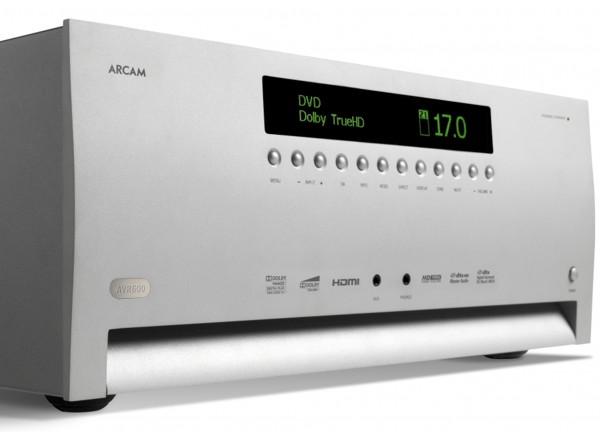I used have a two channel purist system consisting of B&W Matrix 805 speakers, VTL and Classe preamps, and a Proceed amp. High end wires like Kimber, Nordost, etc. Excellent sound and tube rolling was fun. I bought the B&W speakers and Proceed amp new. The VTL and Classe preamps were bought used. Cables were bought new and used.
Then I got into home theater and started looking at the dollars needed to go to a 2.0 system to a 5.1 system. From a practical standpoint, the cost was prohibitive. So, I sold my purust system and started a 5.1 system from scratch. Onkyo receiver, Polk LSi speakers, and Sony Bluray player. Guess what? The sound is actually pretty good. Not purust good, but pretty darn good considering the system is powered by an Onkyo TXNR805 receiver. Music actually sounds pretty good and home theater is fantastic.
I ditched the high end cables except for Kimber 12TC for my center channel and Shunyata and Synergistic power cords. C'mon Nordost, you want $5,xxx.xx for a pair of 3 meter biwire cables? With that being said, I really wanted Shunyata Black Mamaba speaker cables for my front main three speakers. The Black Mamba imaged and sound staged like crazy, but were just too expensive. Kimnber 12TC was actually pretty close to the Shunyata in bass power and impact, so I went with the 12TC for my center channel only. That was actually a splurge. Now that I look back, the money could have been better spent towards a better display. I can say the same for the Synergistic power cord for my bluray player, but I can notice a discernible difference with the Synergitic cord. The Shunyata power cords was an absolute gluttonous splurge, but it was on sale at 50% off and really does add to the bass impact and power the receiver can put out. The way I look at it, I could live without the Kimber and Synergistic Research, but not the Shunyata. Nuff said for a former audiophile.
Notwithstanding the audio expense, one has to consider the video expense as well. I got the new Samsung F8500 plasma. Holy smokes what a display! In my opinion having lived on both sides of the fence, I would rather have a top notch video display (as I mainly watch movies instead of listen to music) than a purist 5.1 audio system. If I did not have any budget restraints, 5 high power mono tube amps. But I live in the real world for the average working class family and a receiver works pretty darn well for me and the price is much more reasonable than purist gear.


























































